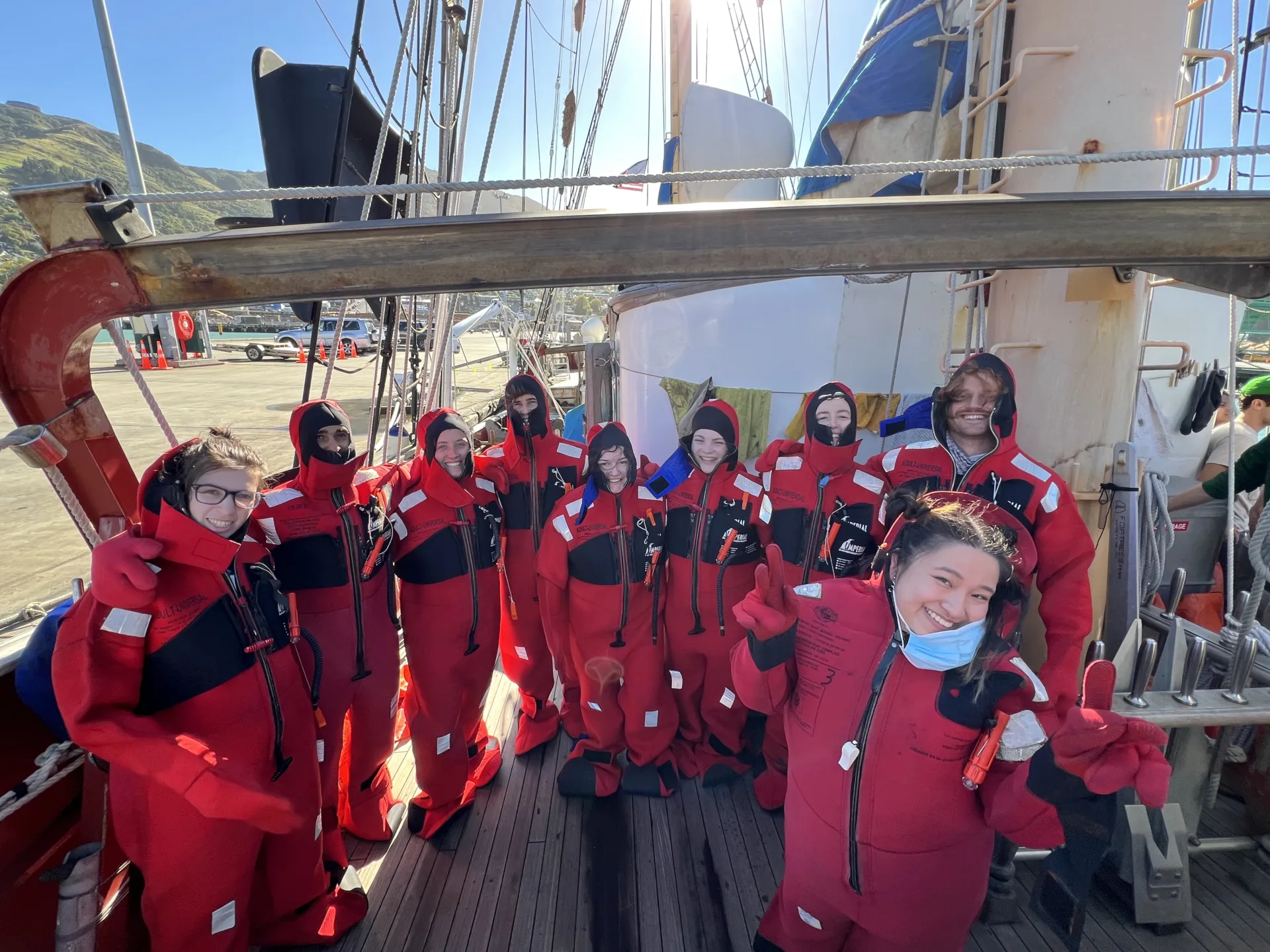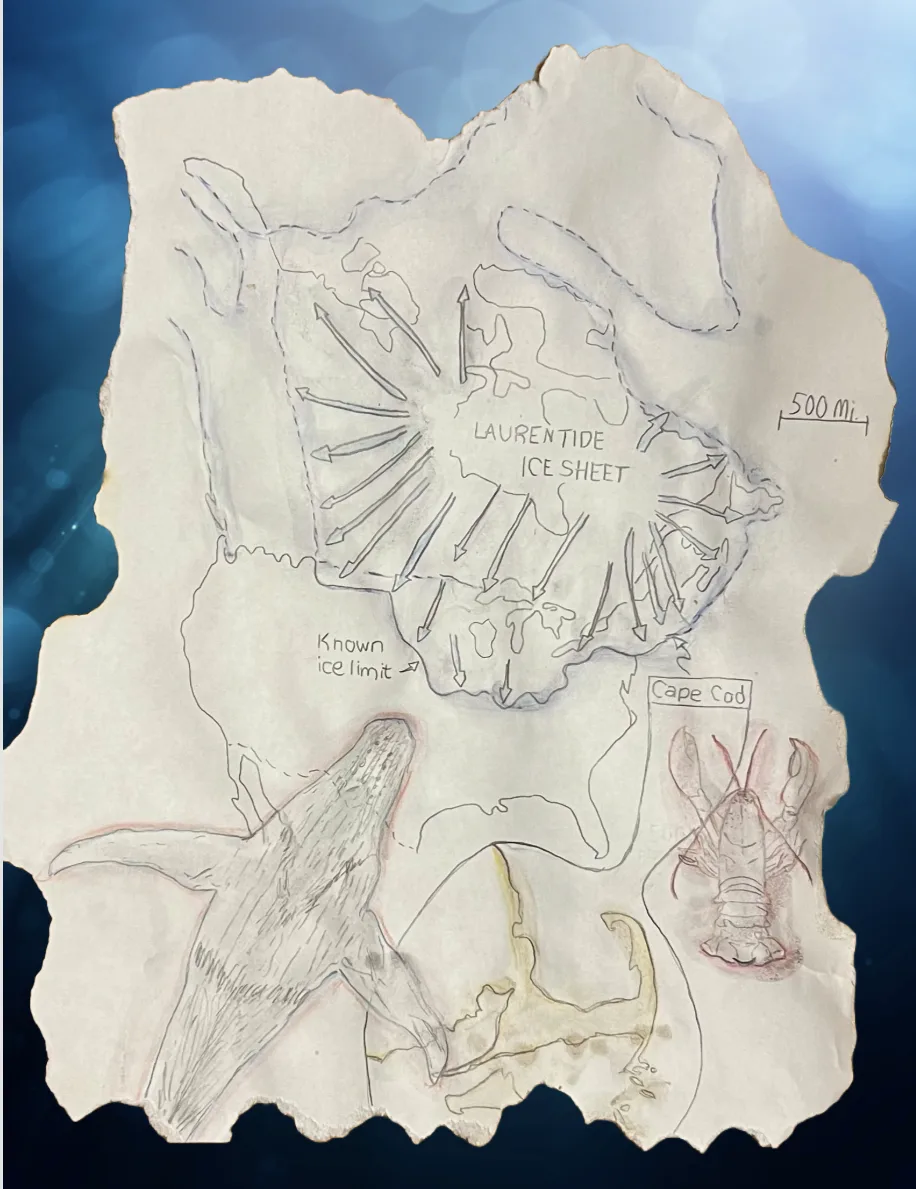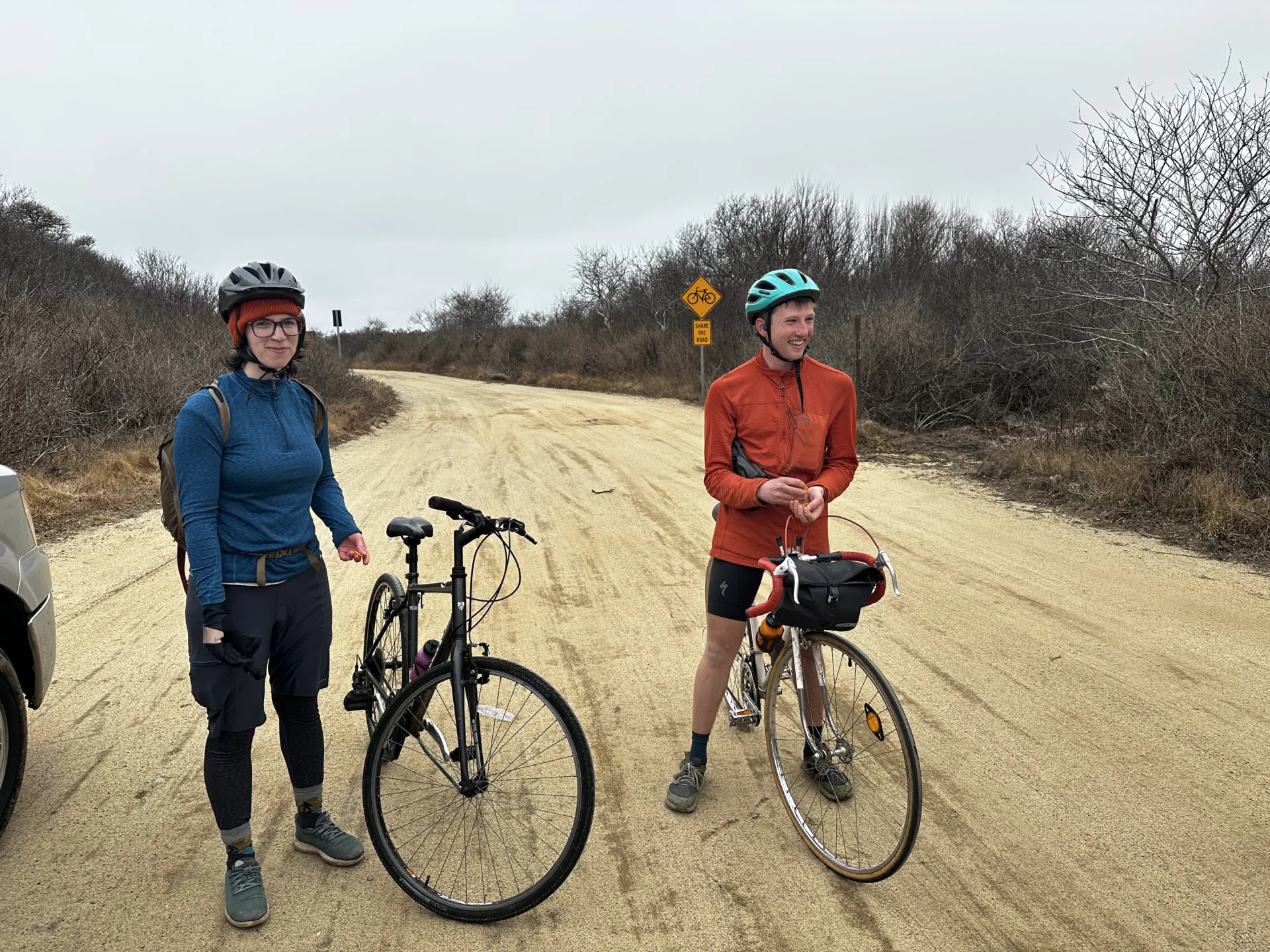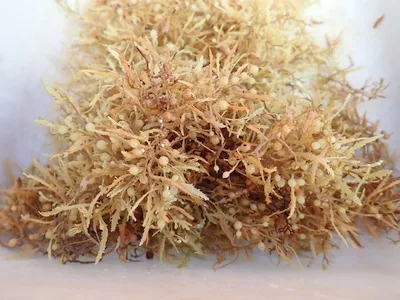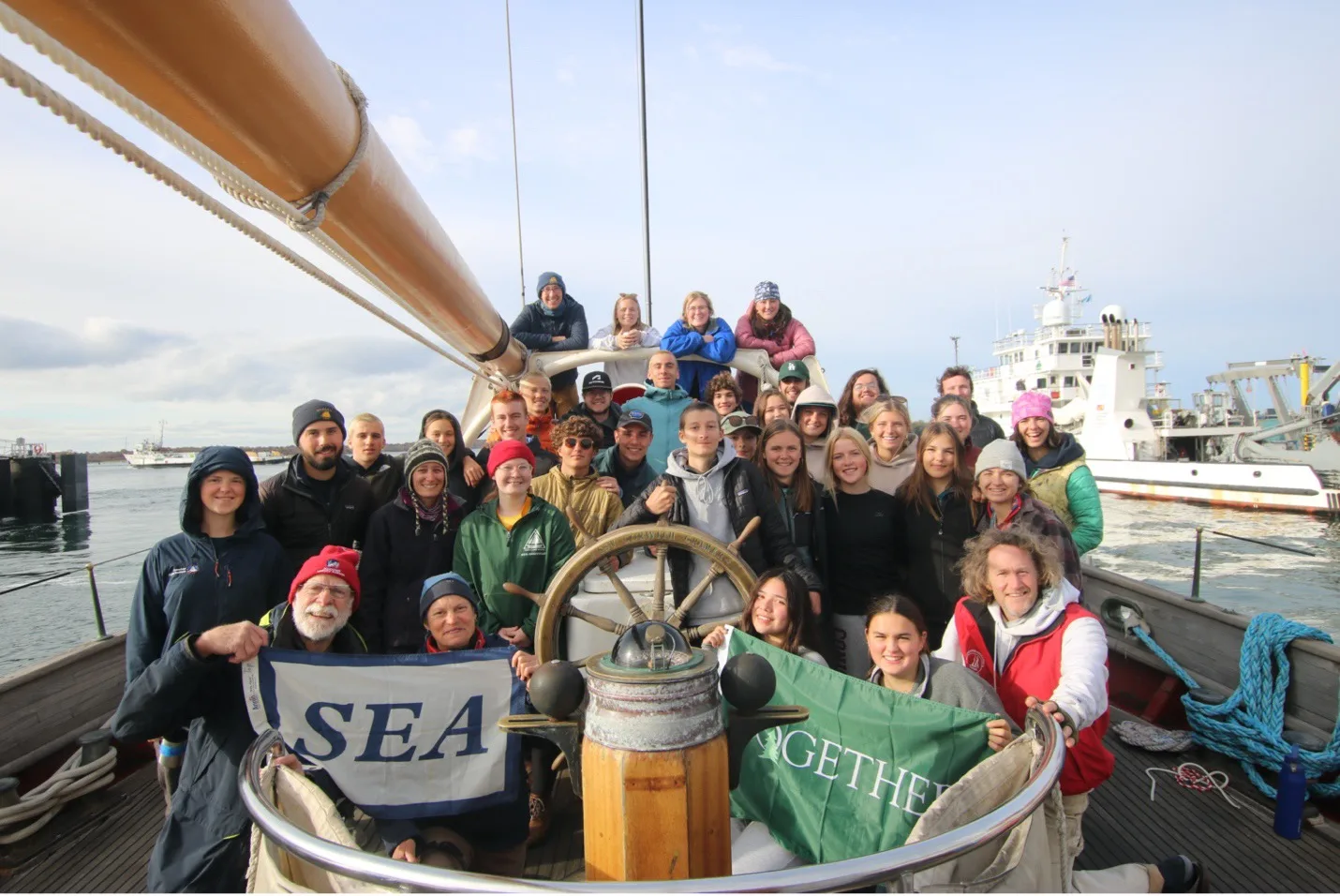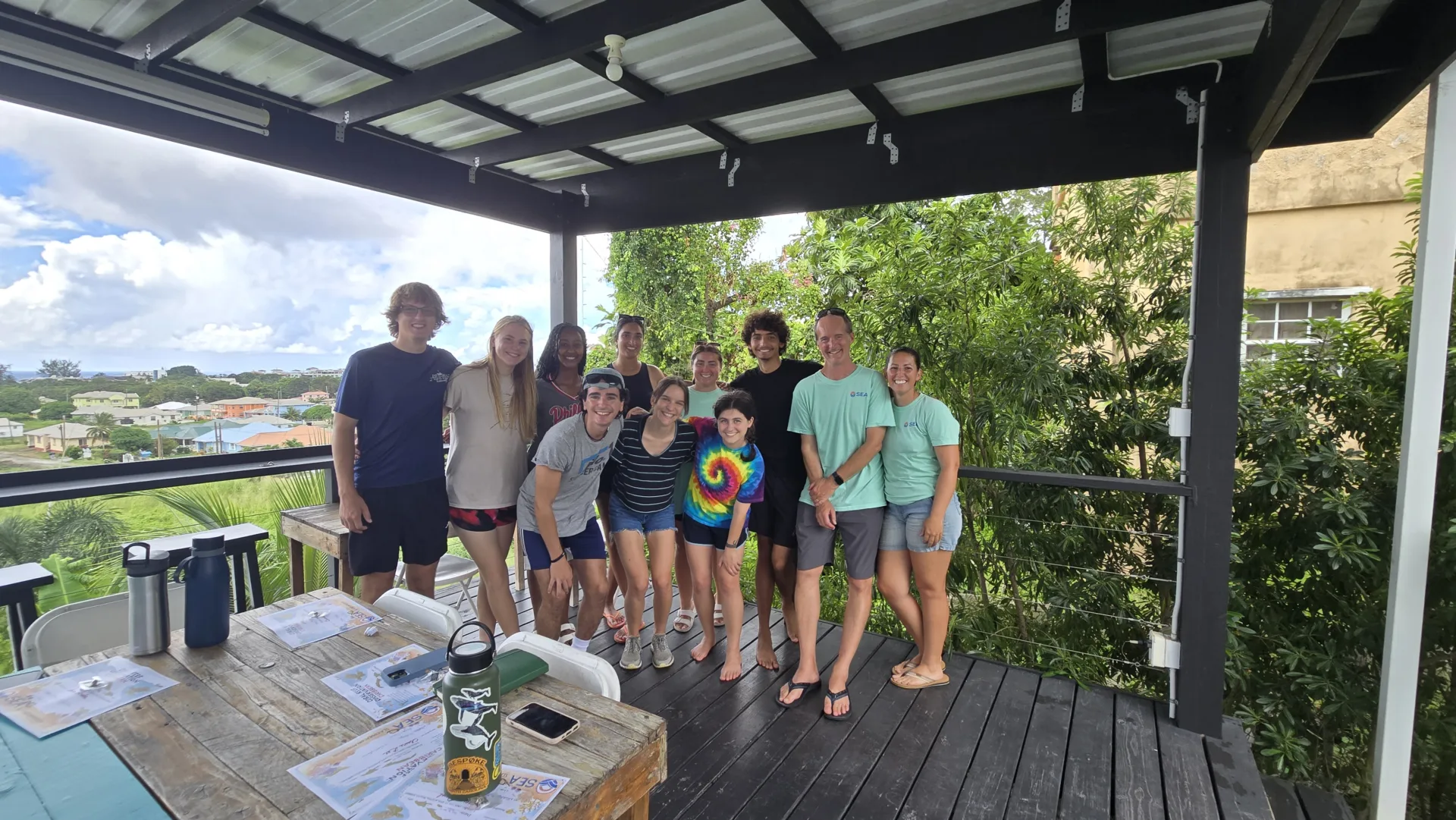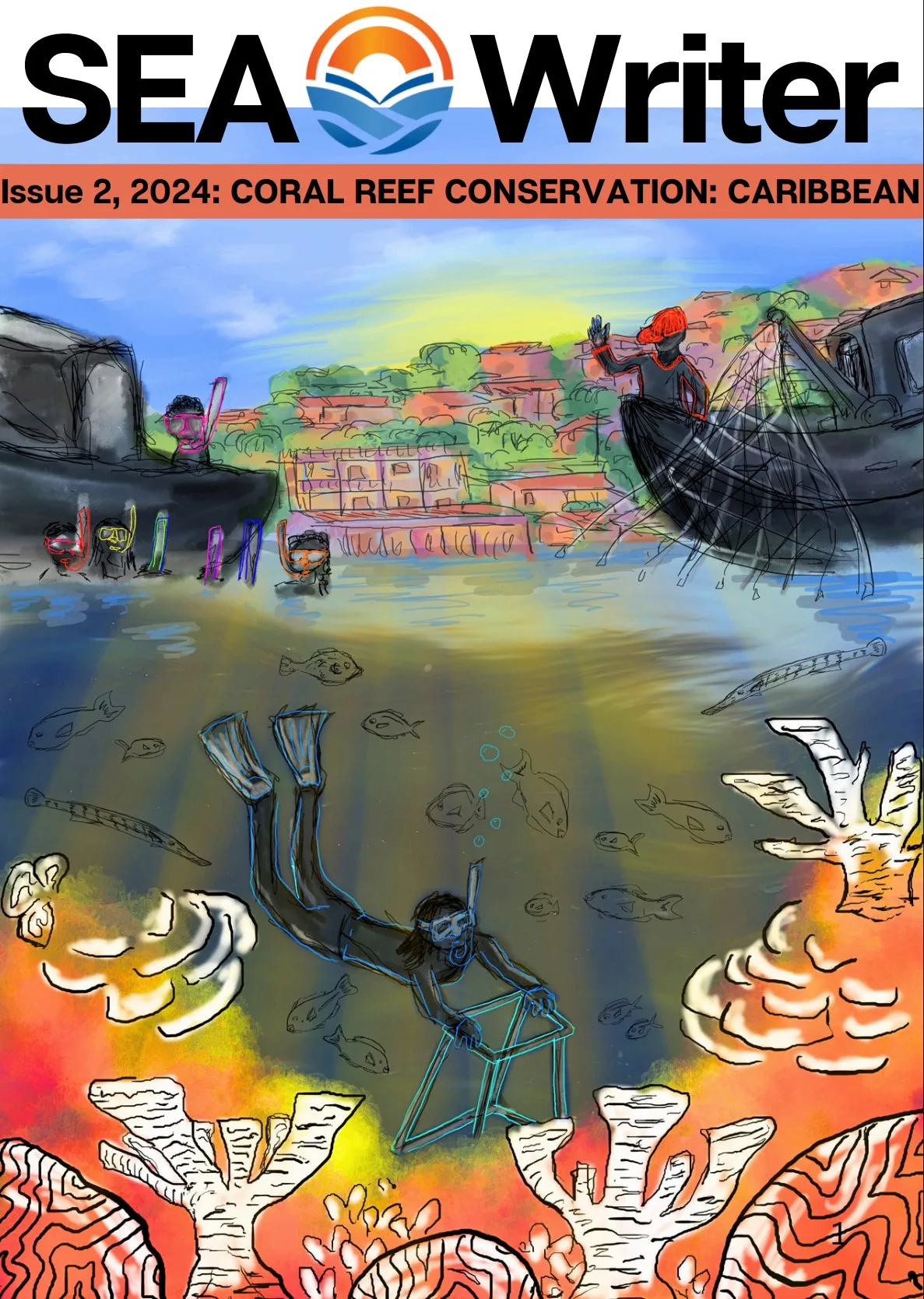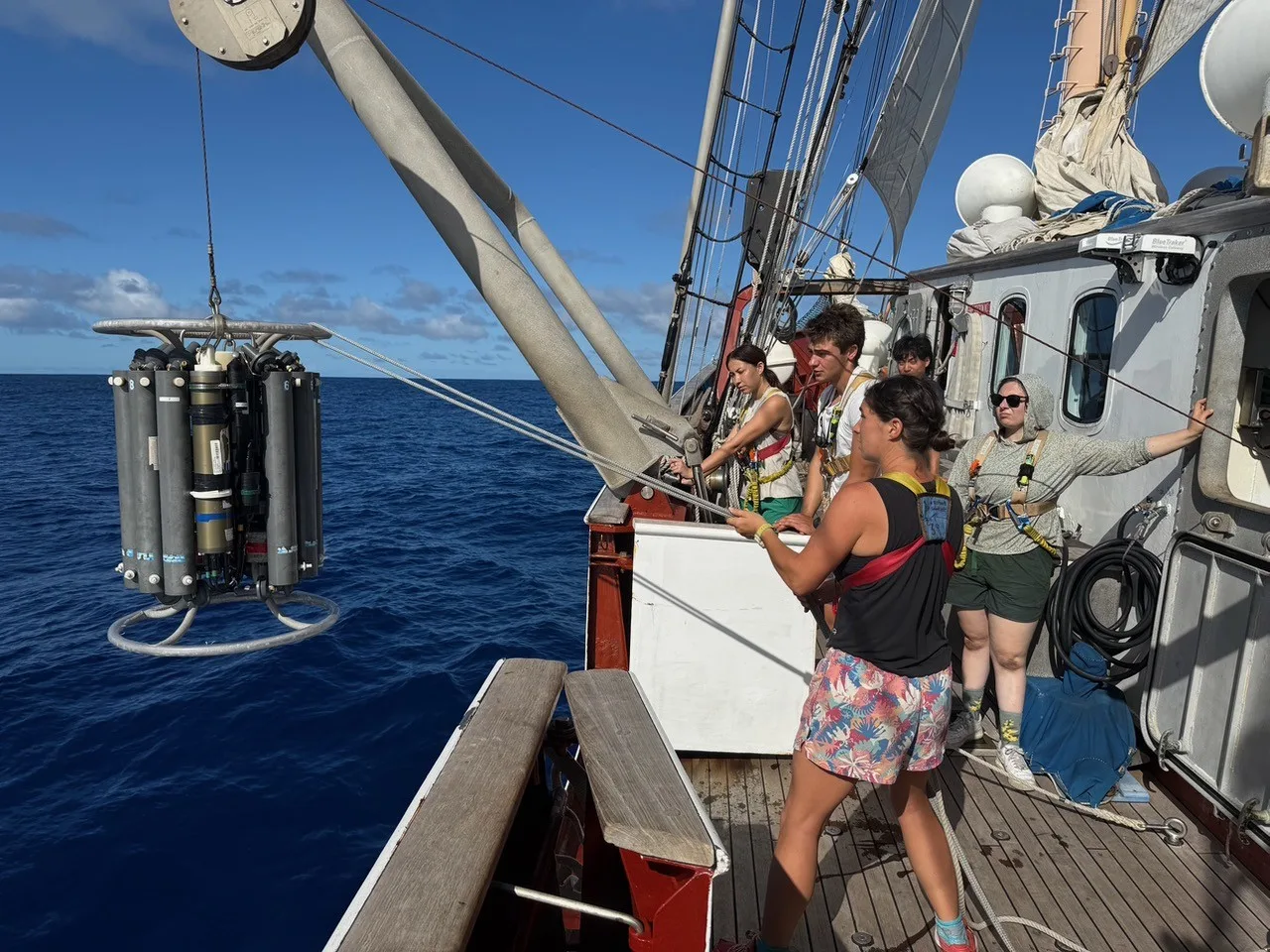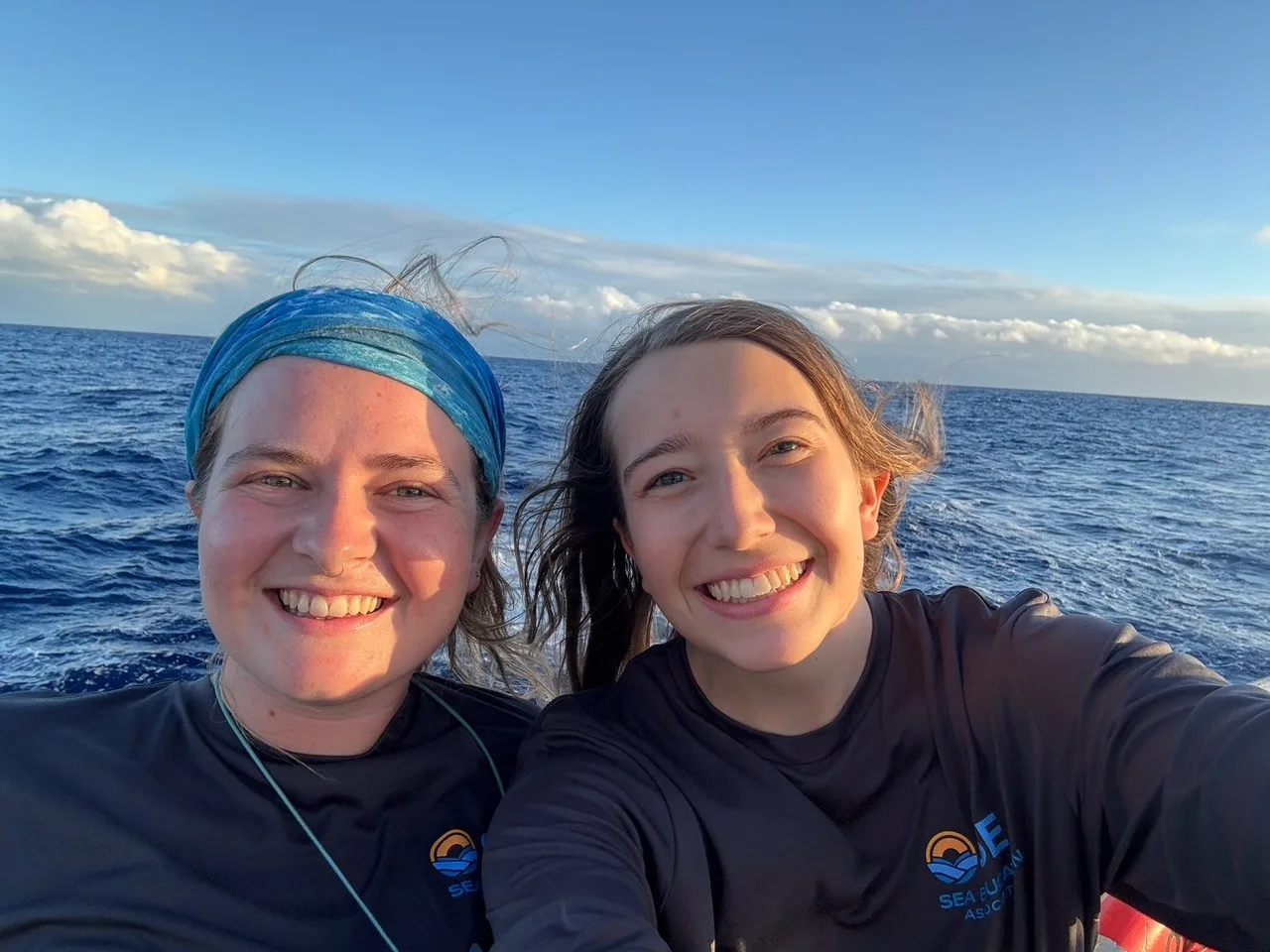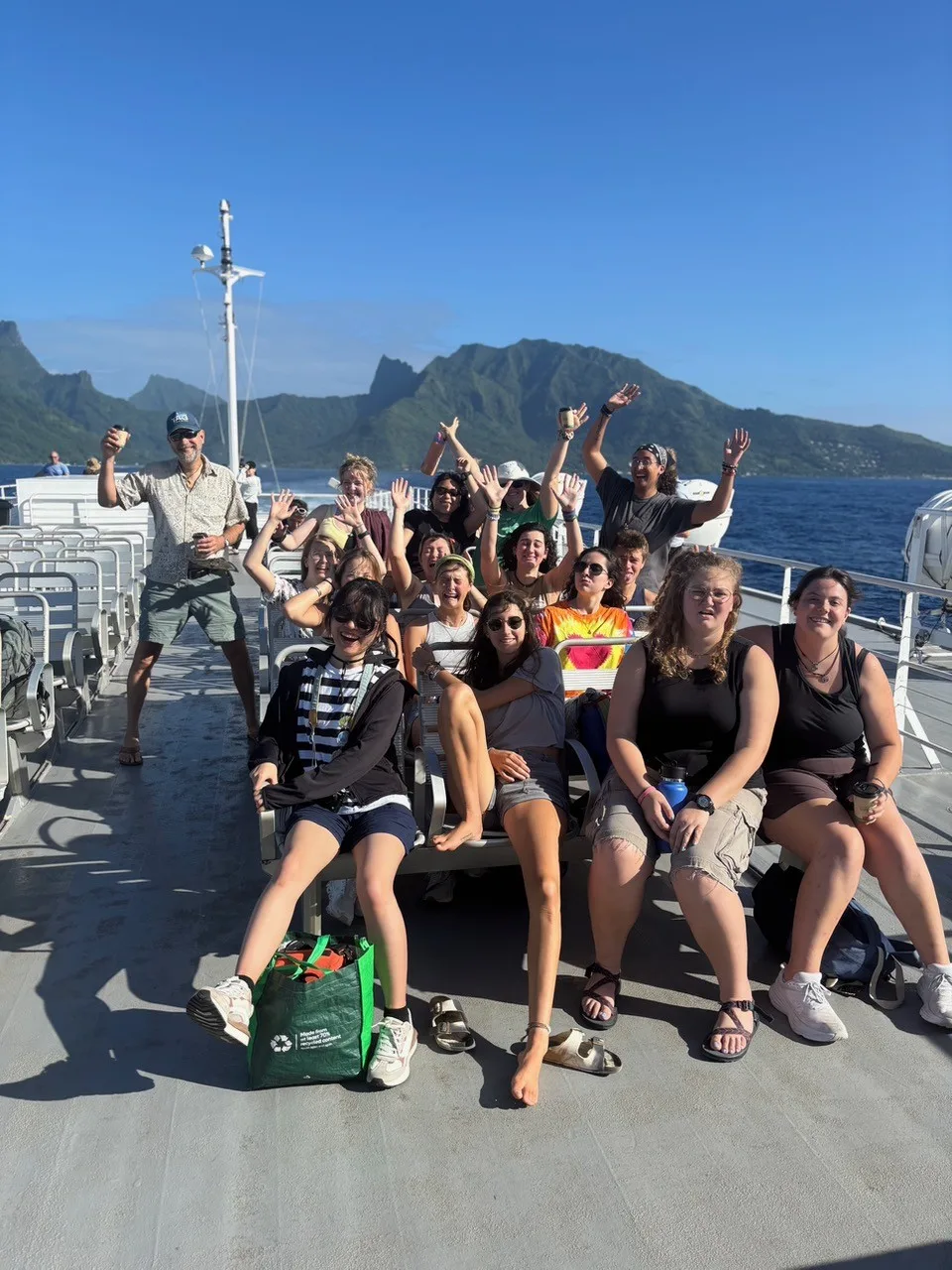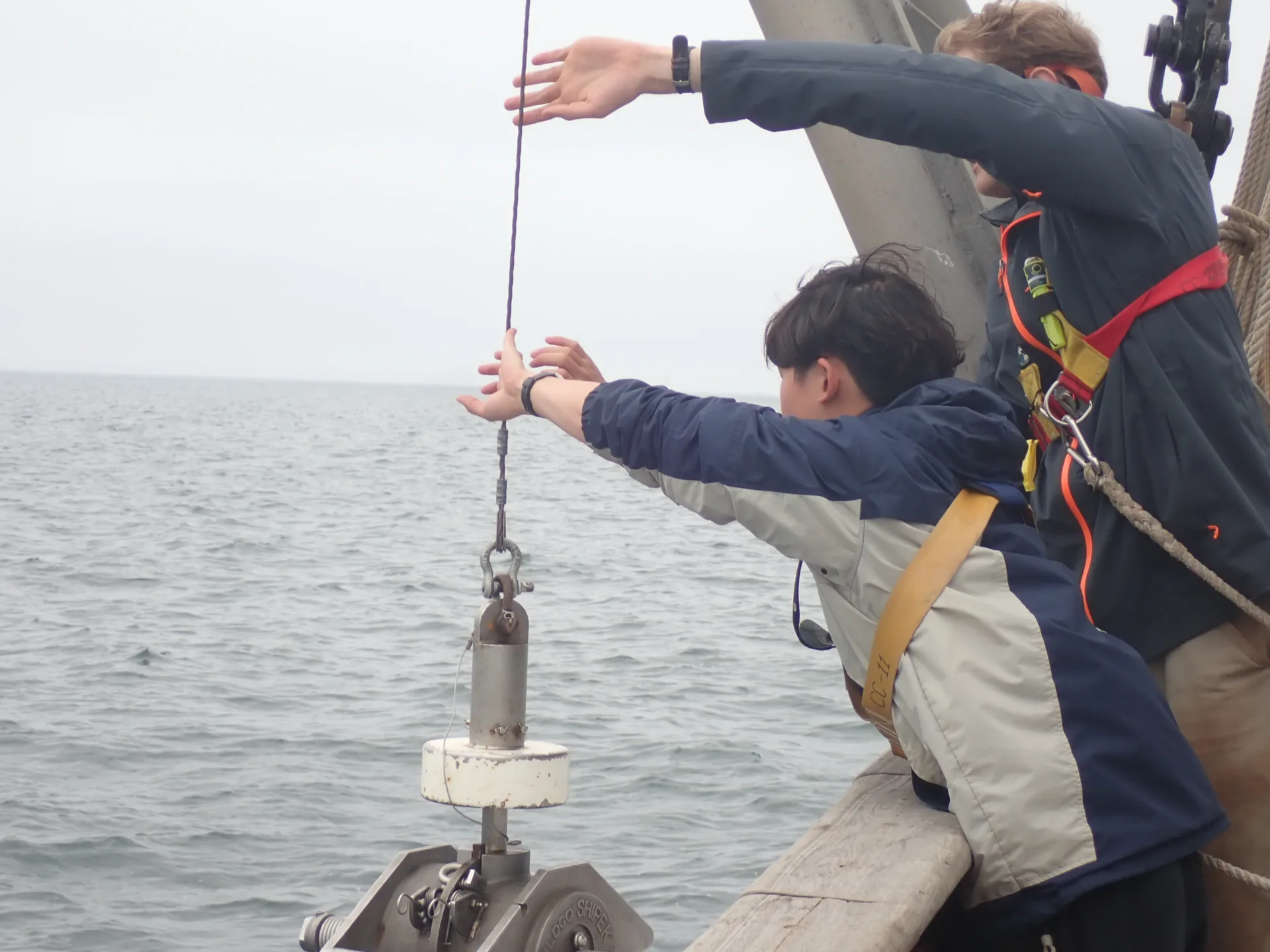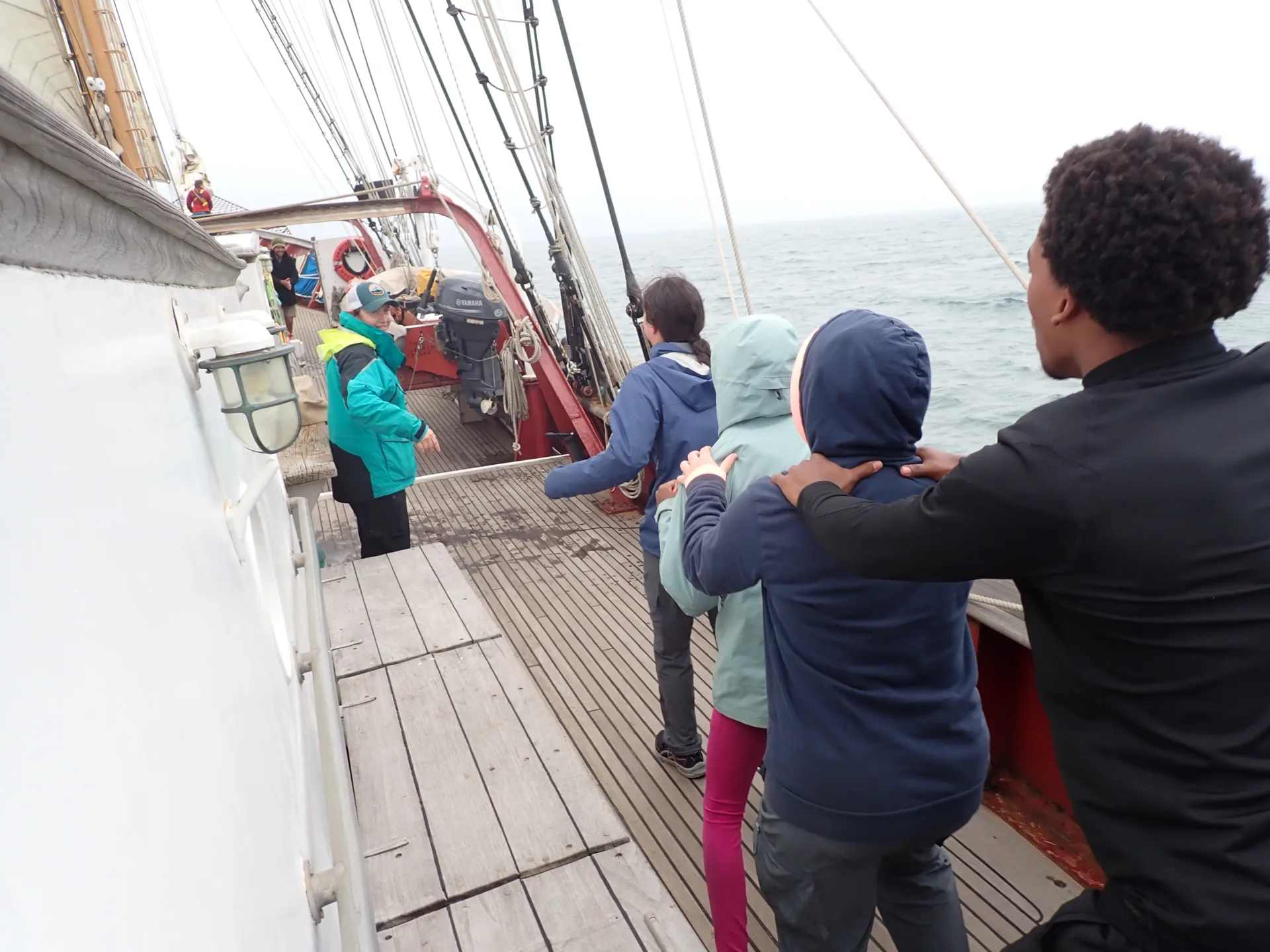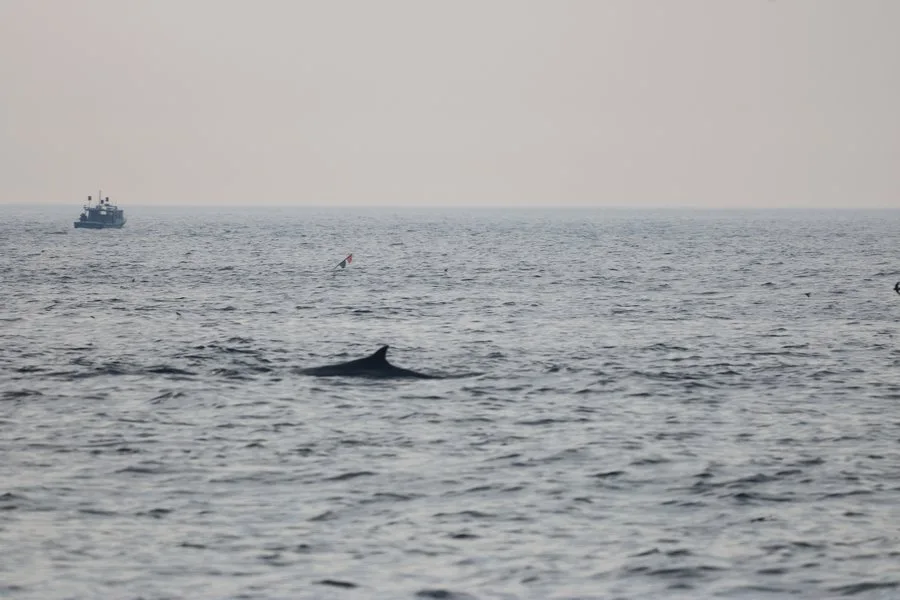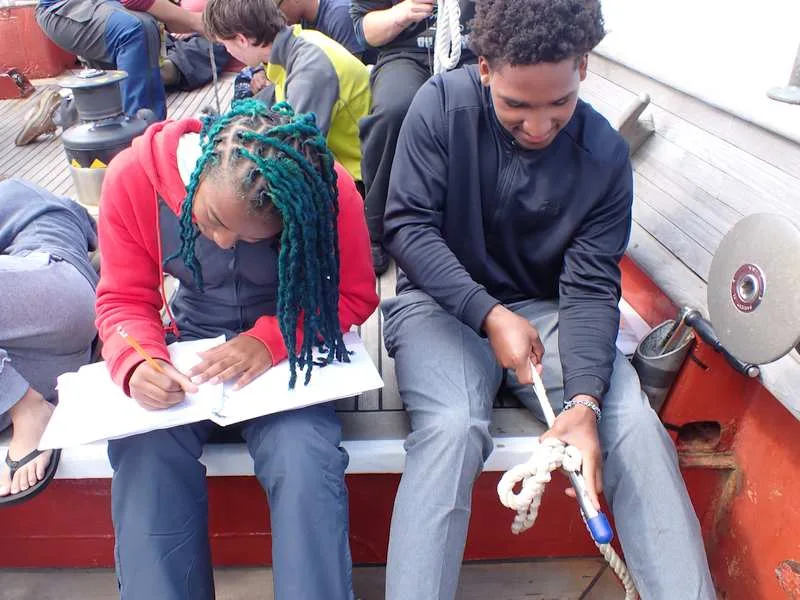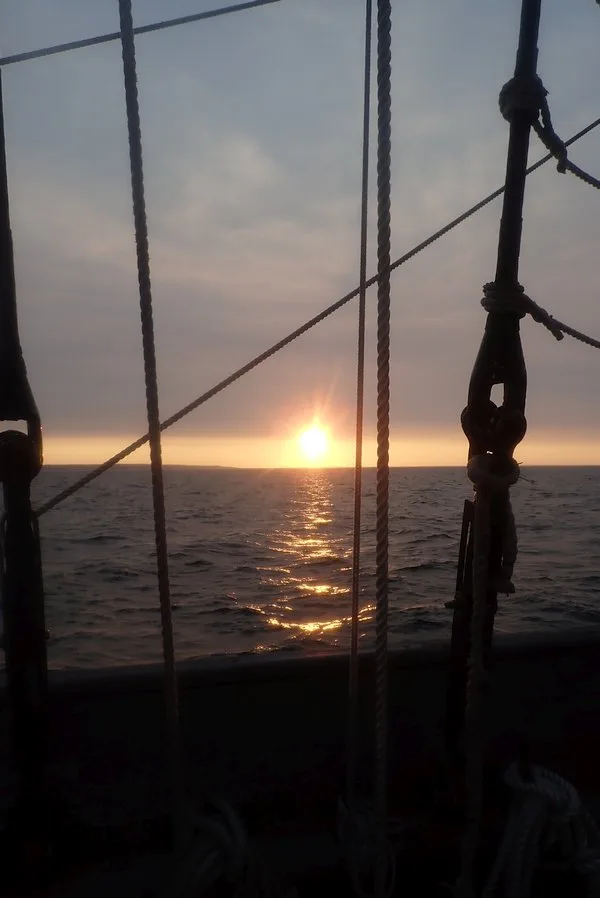News
STories at Sea
Type
Our mission
June 14, 2025
Our First Day at Sea
June 13, 2025
Couldn’t Be Better
June 12, 2025
The Last Blog :(
June 10, 2025
We Learned All Those Lines!
June 09, 2025
Pots, Pans, and Plankton
June 07, 2025
On the Watch from Sunrise to Sunset
June 06, 2025
On Our Way to Jeffrey’s Ledge!
June 05, 2025
Through the Canal!
June 04, 2025
Underway at Last!
June 03, 2025
“Wire Raise, J-Frame Out!”
June 02, 2025
Program Blogs
- Gap Year
- Ocean Exploration
- High School
- Science at SEA
- SEA Expedition
- SEAScape
- Pre-College
- Proctor Ocean Classroom
- Protecting the Phoenix Islands
- SPICE
- Stanford@SEA
- Undergraduate
- Climate and Society
- Climate Change and Coastal Resilience
- Coral Reef Conservation
- Marine Biodiversity and Conservation
- MBL
- Ocean Exploration: Plastics
- Ocean Policy: Marine Protected Areas
- Oceans and Climate
- Pacific Reef Expedition
- The Global Ocean: Hawai'i
- The Global Ocean: New Zealand
